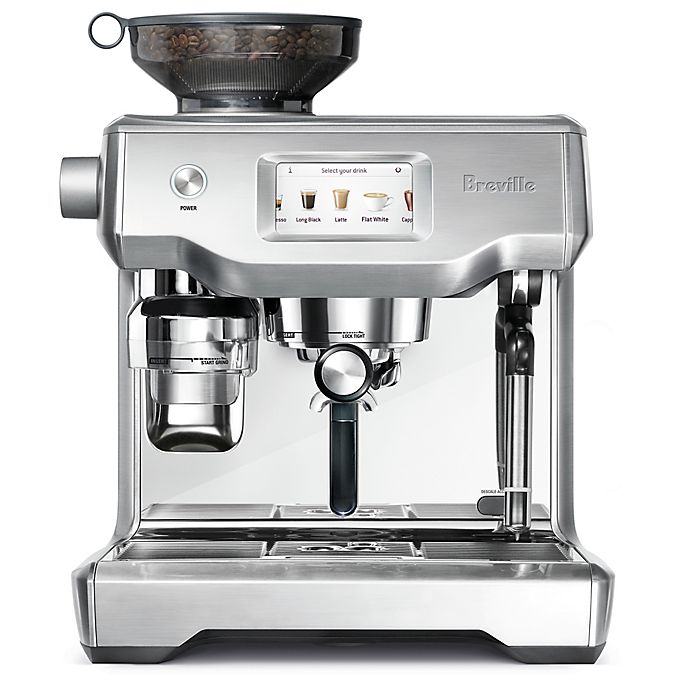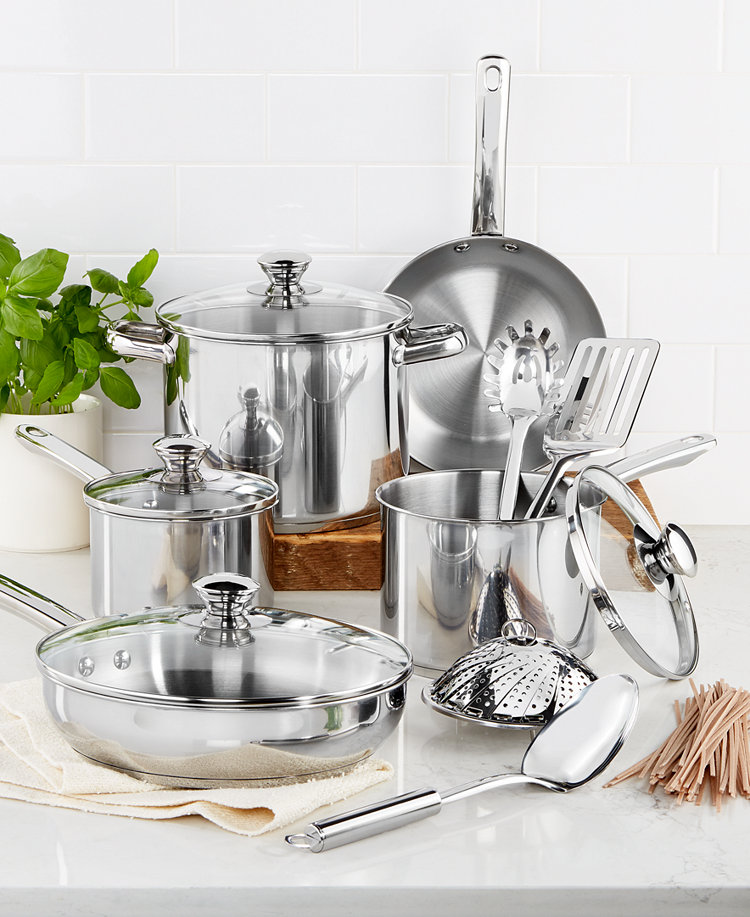Glacier Bay McKenna Single-Handle Pull Down Sprayer Kitchen Faucet in Stainless Steel with Turbo Spray and Fast Mount
McKenna Single-Handle Pull-Down Sprayer Kitchen Faucet in Stainless Steel with TurboSpray and FastMount offers a sleek style that will complement any decor.
McKenna Single-Handle Pull-Down Sprayer Kitchen Faucet in Stainless Steel with TurboSpray and FastMount offers a sleek style that will complement any decor. Easy-to-use with a single handle design, this faucet has a convenient pull-down spray wand with 2-spray modes and a long reach that makes easy work of kitchen tasks. The pull-down sprayer features an aerated spray and a new Turbo Spray that is exclusive to Glacier Bay. Featuring a ceramic disc cartridge for drip free performance, the 1.8 GPM flow rate also provides excellent water pressure for your cleaning needs. This kitchen faucet also includes the exclusive Fast Mount mounting system to make installation quicker and easier.
- Stainless steel finish uses a physical vapor deposition process that ensures the finish is a durable lifetime finish
- Single-handle faucet design for quick and easy water control with a single lever
- High-arc spout swivels 360° for complete sink access
- Pull-down spray wand features a 59 in. hose for a 11.42 in. reach to clean the bottom of pots quickly and easily
- Featuring TurboSpray which provides focused water columns with 30% more power than your standard pull-down faucet, also includes an aerated spray
- 1.8 GPM flow rate
- 36 in. supply hose length with 32 in. workable supply hose length with a 3/8 in. connection
- Exclusive FastMount mounting system helps make installation quicker and easier
- Limited lifetime warranty
Additional information
| Connection size (in.) | 3/8 In. |
|---|---|
| Extended Hose Length (in.) | 59.4 |
| Faucet Height (in.) | 14.97 |
| Spout Height (in.) | 8 |
| Certifications and Listings | IAPMO Certified |
| Manufacturer Warranty | Limited lifetime warranty |






by Hills
Easy to use and keep clean
by John
Great price and easier to install than some of the others. Also comes with installed supply lines.
by Julius
Bought this today and had to ask for help from one of the staff (Arnold) about a fitting, he went out of his way and grabbed an open box product to show me that i don’t need a fitting to install it. Overall the faucet is very easy to install and only took me less than 20mins total.
by Charlie
Looks great, installed very easily.
by Unkie
Very easy to install and the sprayer is great. Elegant looking and easy to use.